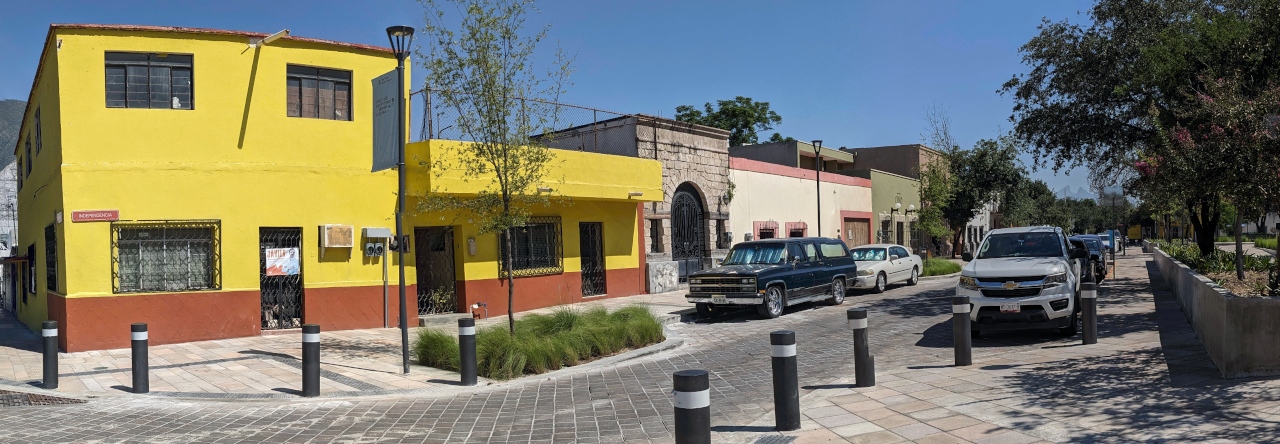We received a great Christmas gift last night. The big, big boss of our company in Sydney (not just the big boss from Prescott) wrote a letter and gave us an extra five days of vacation over the holidays because we had such a tough year and because of some health issues in our new executive team. The reality is that no one has taken much of a vacation over the last two years and most of us have worked just about every weekend. It will be nice to spend a couple of unfettered weeks with the family.
Just as good, I have been put on a project that involves writing programs in two different languages using a couple of libraries I really like in both of those languages.
“Why two languages?” you ask.
Well, C++ is a language that is very good for doing things very efficiently and effectively, but that can really get you in trouble if you do not know what you are doing. Well written C++ code generally runs much faster than code written in higher level languages like Python. It lets you do just about anything you want and does not provide any restrictions with respect to leaking memory or jumping off into areas of memory that are totally unrelated to what you are doing. Python is a great language for people who are not so comfortable with the freedom of C++. It also allows user to write a lot of functionality fast and has lots and lots of add-on libraries to do lots and lots of things easily.
I normally use C++ because of the need for speed. Other members of my team need to use my code in programs they can develop rapidly for use in scientific experiments and production code for the instruments we make. So, we have decided that I will write my machine vision code in C++, then wrap it up in a Python wrapper using a tool called SWIG. All the tools I normally use in C++ to build GUI’s (Qt) and perform image processing tasks (OpenCV) are available in Python as libraries. The Qt libraries we use are called PySide and the OpenCV libraries are just called Python OpenCV.
I have set up my environment so that whenever I write a C++ library, the Python wrapped results are automatically built and stuck into the correct directory for use by the rest of the team. In addition, when I build a GUI with Qt Designer, I can run a batch file that turns the C++ code into a Python program. I have to do a little merging with that if I change the GUI, but it is all quite painless. I think I might write up what I have done and post it here. I am sure I have some inefficiencies and someone might be able to make some suggestions.
Betty Blonde #219 – 05/19/2009

Click here or on the image to see full size strip.
